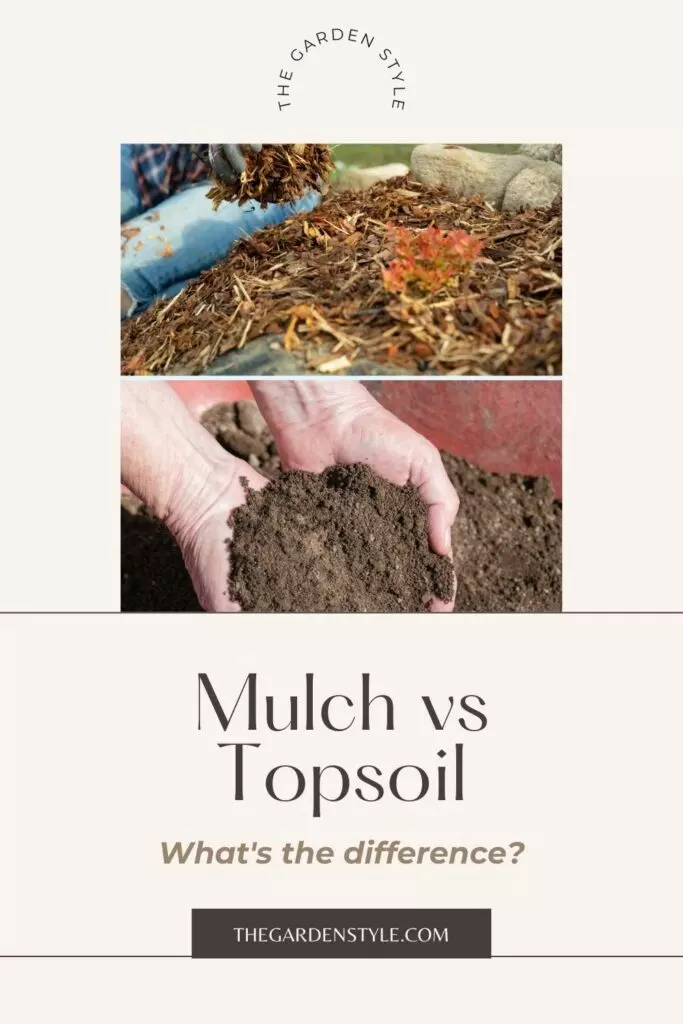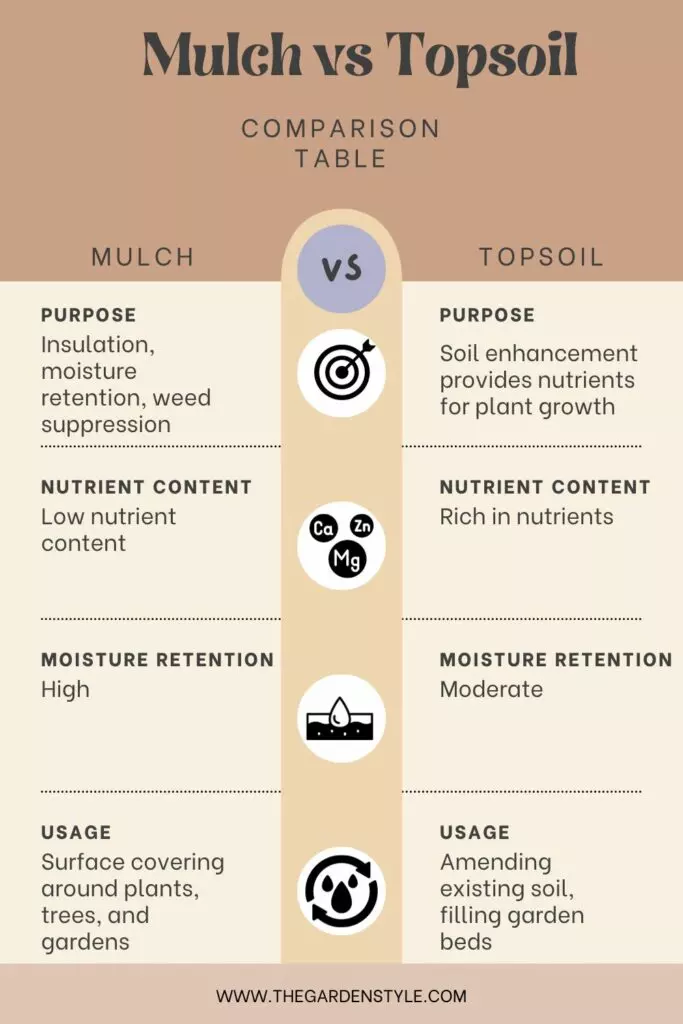In gardening activities, you know having rich, fertile soil is essential for growing robust plants and beautiful flowers. But what exactly goes into great soil? Often, the best approach is to supplement your existing soil with layers of mulch and topsoil. But what is the difference between mulch and topsoil, and when is it best to use each?
Mulch and topsoil are two critical components of a healthy garden bed, yet they serve very different purposes. Topsoil provides nutrients for plant growth and development, while mulch retains moisture and insulates the soil. Despite their distinct roles, mulch and topsoil work together to create ideal growing conditions for landscape plants.
Table of Contents
Defining Mulch and Topsoil
Mulch and topsoil (sometimes spelled as top soil) are both commonly used in gardening and landscaping projects. However, they serve different purposes and have unique characteristics.
Mulch
Mulch is a material placed on top of the soil to improve its quality and protect plants. There are different types of mulch, which can be made from a variety of materials, including wood chips, leaves, grass clippings, and shredded bark.
The main goal of using mulch is to retain moisture in the soil, prevent weed growth, and regulate soil temperature. It also provides a protective layer for plant roots, which can help to prevent erosion and soil compaction.
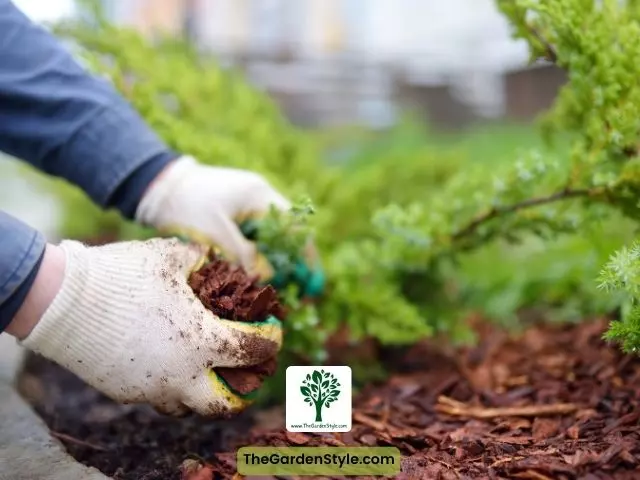
Topsoil
Topsoil, on the other hand, is the uppermost layer of soil that contains the highest concentration of organic matter and nutrients. The main goal of using topsoil is to add nutrients to the soil or to create a new garden bed.
Topsoil can be purchased in bags or bulk and is often mixed with compost or other organic materials to improve its quality. It is important to choose high-quality topsoil that is free from contaminants and has a balanced pH level.
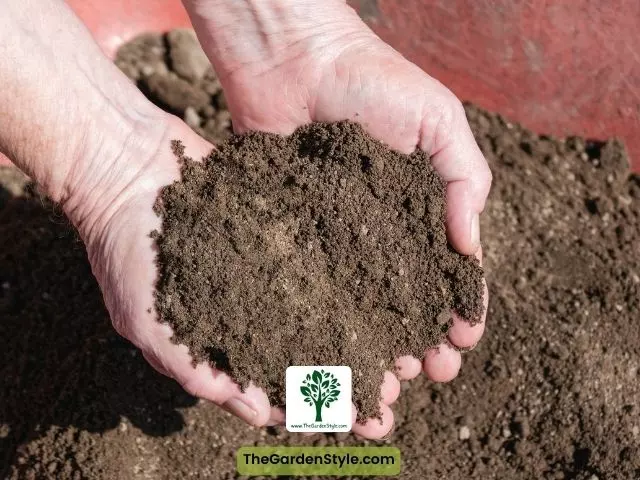
Mulch vs. Topsoil: Understanding the Differences
I understand the importance of choosing suitable soil for my plants and landscaping. Two standard options are mulch and topsoil. While they may seem similar, there are key differences between the two that every gardener should know. The following table summarizes the differences between mulch vs topsoil.
| Characteristic | Mulch | Topsoil |
| Composition | Organic or inorganic materials | Upper layer of natural soil |
| Purpose | Insulation, moisture retention, weed suppression | Soil enhancement provides nutrients for plant growth |
| Appearance | Varied (bark, wood chips, leaves) | Soil-like, dark, and rich texture |
| Nutrient Content | Low nutrient content | Rich in nutrients |
| Moisture Retention | High | Moderate |
| Insulation | Yes | No |
| Weed Control | Yes | Limited (may contain weed seeds) |
| Erosion Control | Yes | Limited (may wash away) |
| Application Depth | 2-4 inches | 1-3 inches tilled into top 6-12 inches of native soil |
| Cost | Generally, less expensive | Varies depending on the quality |
| Usage | Surface covering around plants, trees, and gardens | Amending existing soil, filling garden beds |
| Decomposition | Breaks down over time, it adds organic matter to the soil | Stable, does not decompose |
| Types | Organic mulches (bark, wood chips, straw), inorganic mulches | Topsoil, garden soil, compost, loam |
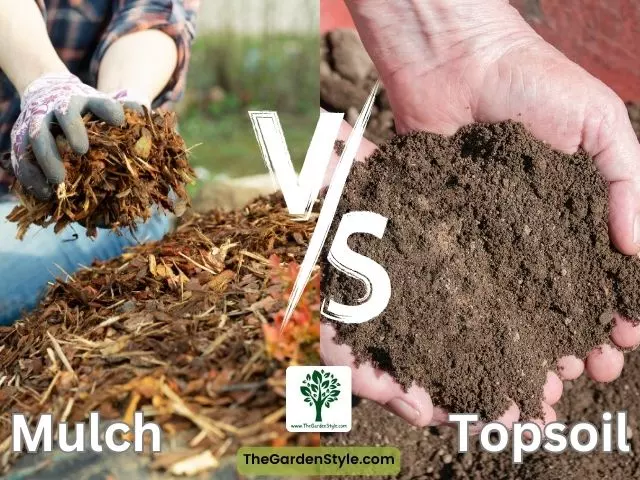
Using Mulch and Topsoil Together
When it comes to gardening and landscaping, using mulch and topsoil together can provide a range of benefits. Mulch can help to retain moisture in the soil, suppress weeds, and regulate soil temperature. At the same time, topsoil can improve soil structure and provide essential nutrients to plants.
One way to use mulch and topsoil together is first to lay down a layer of topsoil on the ground, followed by a layer of mulch on top. That can help to create a nutrient-rich base for plants to grow in while also providing the benefits of mulch.
Another way to use mulch and topsoil together is to mix them before applying them to the soil. That can help to create a more balanced soil mixture, with the benefits of both topsoil and mulch.
It’s important to note that when using mulch and topsoil together, it’s essential to choose the right type of mulch and topsoil for your specific needs. For example, some types of mulch may be better suited for retaining moisture. In contrast, others may be better for suppressing weeds.
In summary, the benefits of using mulch and topsoil together are:
- Retains moisture in the soil.
- Suppresses weeds.
- Regulates soil temperature.
- Improves soil structure.
- Provides essential nutrients to plants.
Frequently Asked Questions (FAQs)
Should I Use Mulch or Topsoil?
Use mulch if your priority is moisture retention, weed suppression, and protecting plants from temperature changes. Use topsoil if your priority is providing nutrient-rich matter for optimal plant growth and drainage.
Can I Use Topsoil Instead of Mulch?
You can use topsoil instead of mulch, but it will not provide the same benefits in terms of moisture retention, temperature regulation, and weed suppression. If you use topsoil on top of your existing soil, it may also compact over time and restrict water and airflow.
Topsoil Or Mulch for Flower Beds?
For flower beds, the best approach is to use both mulch and topsoil. Using mulch and topsoil together provides the right blend of moisture retention, weed suppression, and nutrient-rich soil for optimal flower growth.
If this post about mulch vs topsoil was helpful, please share it:
